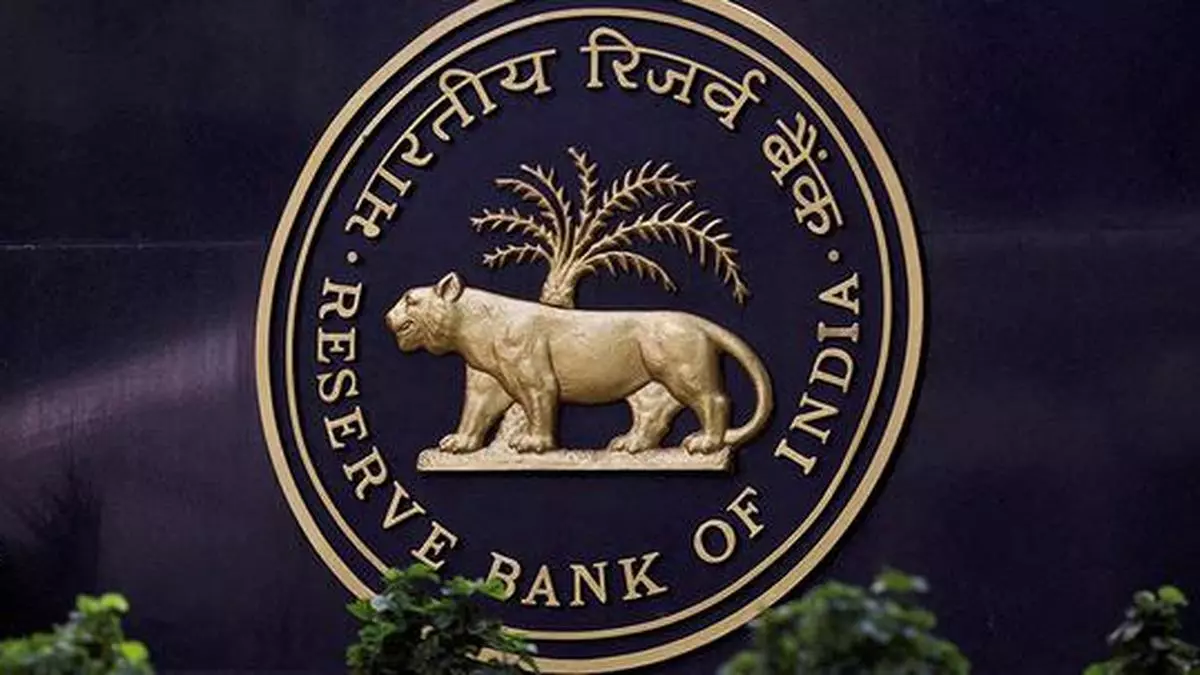RBI seen keeping policy rates unchanged at the upcoming MPC meet on sticky food inflation
Foreign banks and brokerages expect a status quo on policy rate at 6.5 per cent at the upcoming RBI’s Monetary Policy Committee (MPC) meeting on August 6-8. They further expect the RBI to retain its monetary policy stance as “withdrawal of accommodation”.
RBI has kept repo rate unchanged since February 2023. In June this year, the RBI Governor headed six-member Monetary Policy Committee (MPC) decided to keep the benchmark repo rate unchanged at 6.5 per cent for the eighth consecutive time. The central bank had increased the policy repo rate six times consecutively between May 2022 and February 2023. The central bank had raised it from 4 per cent in May 2022 to the current 6.5 per cent. The last change occurred in February 2023 when it was raised from 6.25 per cent to 6.5 per cent.
Inflation breaching the 5 per cent mark in June and persistent pressure on the headline rate from elevated food prices will likely drive the decision to maintain the status quo, economists from the foreign banks noted.
“Enduring upward food price pressure on headline inflation will likely keep the MPC cautious in August. We expect the MPC to keep policy settings unchanged in a 4-2 vote”, Shreya Sodhani, Regional Economist, Barclays said in a Research Note on August MPC preview.
With no urgency to cut rates given steady growth, Barclays see a risk of rate cuts being delayed beyond December.
“We continue to expect the window for a rate cut to open only in December 2024, but see the risks that the first cut will be delayed into 2025”, Sodhani said. Recent communication by the RBI has turned increasingly cautious over elevated food inflation, which continues to prevent durable disinflation in the headline rate, she added.
Santanu Sengupta, Chief Economist, Goldman Sachs India said in a research note “We expect the RBI MPC to keep the policy repo rate unchanged at the Aug 8 meeting at 6.5 per cent, with a 4:2 vote in favour, retain the monetary policy stance of ‘withdrawal of accommodation’, sound relatively optimistic on growth, and continue to reiterate the commitment to the 4 per cent headline inflation target”.
After an upside surprise in Jan-March 2024 real GDP growth, recent growth signals have been mixed, and Goldman Sachs expects muted urban consumption going forward even as rural activity is seeing nascent signs of a recovery. “Elevated and broad-based food inflation has kept H1 CY24 headline inflation near 5 per cent yoy, even as core inflation continued to decline. Going forward, even though a high base last year is going to pull headline inflation down towards 4 per cent in July-September 2024, there are upside risks to food inflation due to an uneven monsoon”, Sengupta added.
Radhika Rao, Executive Director and Senior Economist, DBS Bank, said “We expect a status quo on rates in the August meeting, with an extended pause until end-year”.
She noted that the natural rate framework tabled by a RBI staff study, perceived as a gauge of the underlying policy stance, implied that the economy is on a stronger output trend, reducing the need for additional stimulus by way of rate cuts.
Markets will also monitor the US Fed’s policy bias at the September meeting, as the markets price in a near-certain rate cut. A clearly dovish forward guidance by the Fed is likely to open the door for Asian central banks to shift to a less restrictive policy, with the RBI expected to join its peers but with a lag, Rao added.
